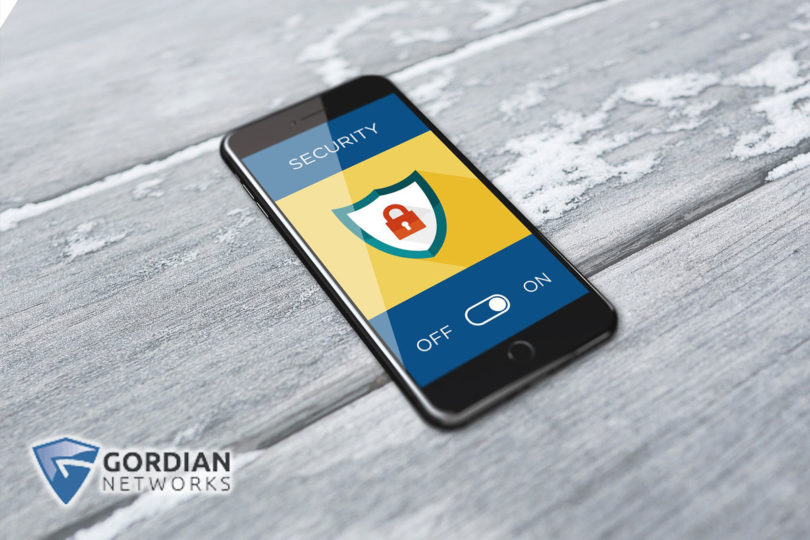Your business likely has documents and confidential client or patient information that is saved but what happens when your Chandler server is down? Your business may be at a standstill, wasting time and money, and putting you behind on client work.
Let’s start by figuring out what happened.
If you’re not sure where to start, call IT Ninjas! We know that you’re the expert at your business but probably not technology. Possible sources for the outage include:
- Is management access to the server still possible?
- Have there been any unusual entries in the logs?
- Have there been any reported power outages, generator tests, or other occurrences that affect the overall physical environment?
Then check the basics.
Have you ever had trouble with a device only to find that turning it off and back on solves the problem? Sometimes the solution is far simpler than we think it should be.
Check that everything is plugged in, turned on, and no cords are loose at the host machine. Make sure the power is on and the cords are all properly plugged into their proper homes. If there is clearly power, then you’ll want to move onto the Ethernet and fiber cable to see if those are properly plugged in as well.
If all is plugged in and power seems to be running run, your next step is to ping the device from within the LAN. Again, this might sound funny if tech isn’t your first language. Because the ping command is universal, this should be the same no matter what platform you use. If you can’t ping the server, no matter the approach you take, then you should move onto the next possibility.
At this point, the reason your Chandler server is down should be either the physical machine or the operating system but it may take an IT Specialist to resolve the issue.
At IT Ninjas, we understand it’s challenging when your Chandler server is down and are here to resolve the issue for you so you can stay focused on your business.





